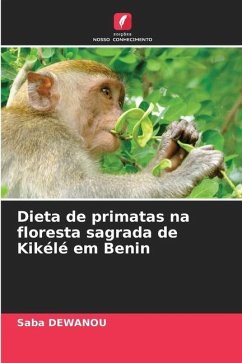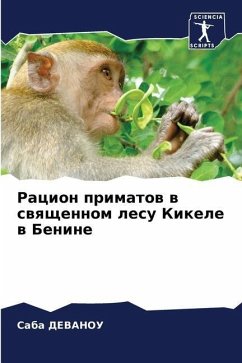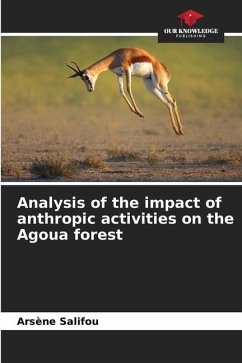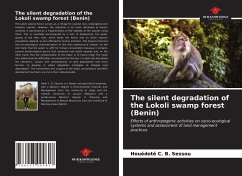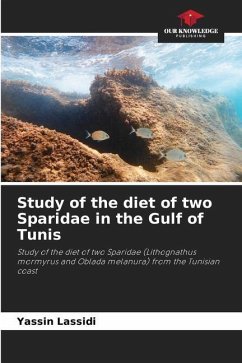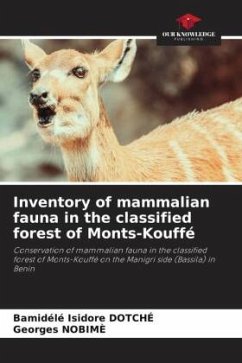
Diet of primates in the sacred forest of Kikélé in Benin
Versandkostenfrei!
Versandfertig in 6-10 Tagen
29,99 €
inkl. MwSt.

PAYBACK Punkte
15 °P sammeln!
This study was conducted with the aim of counting the populations of primates and inventorying the plants and organs on which they feed in the sacred forest of Kikélé in the commune of Bassila in northern Benin. Diurnal and nocturnal primates were counted by the complete count method. Surveys of 60 resource persons and field observations over 90 days were carried out to inventory the plants and organs consumed by primates. The sacred forest of Kikélé is home to three species of primates including a nocturnal species Galago senegalensis (16 individuals) and two diurnal species including Cer...
This study was conducted with the aim of counting the populations of primates and inventorying the plants and organs on which they feed in the sacred forest of Kikélé in the commune of Bassila in northern Benin. Diurnal and nocturnal primates were counted by the complete count method. Surveys of 60 resource persons and field observations over 90 days were carried out to inventory the plants and organs consumed by primates. The sacred forest of Kikélé is home to three species of primates including a nocturnal species Galago senegalensis (16 individuals) and two diurnal species including Cercopithecus mona (2 individuals) and Colobus vellerosus (28 individuals). 35 plant species have been inventoried as food resources for C. vellerosus, 39 plant species for C. mona and 12 plant species for G. senegalensis. G. senegalensis feeds exclusively on ripe fruits, while the other two species feed mainly on fruits and leaves. Leguminosae and mesophanerophytes were the most represented in thediet.



